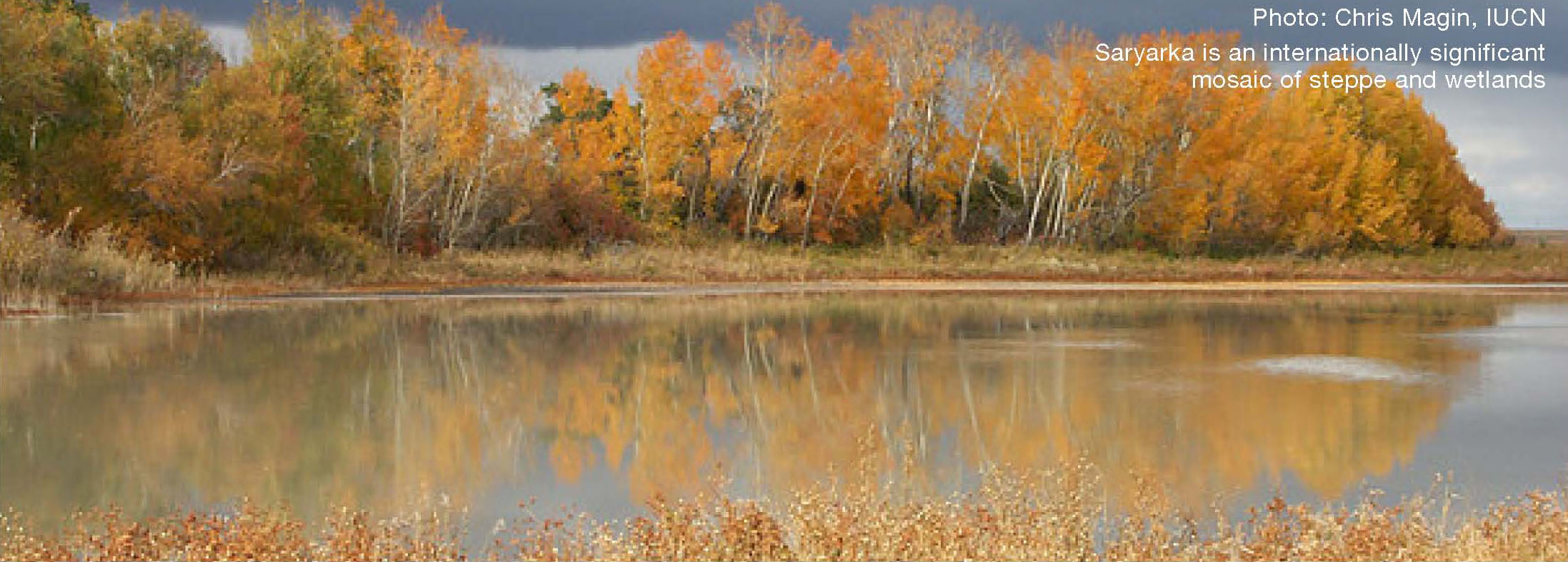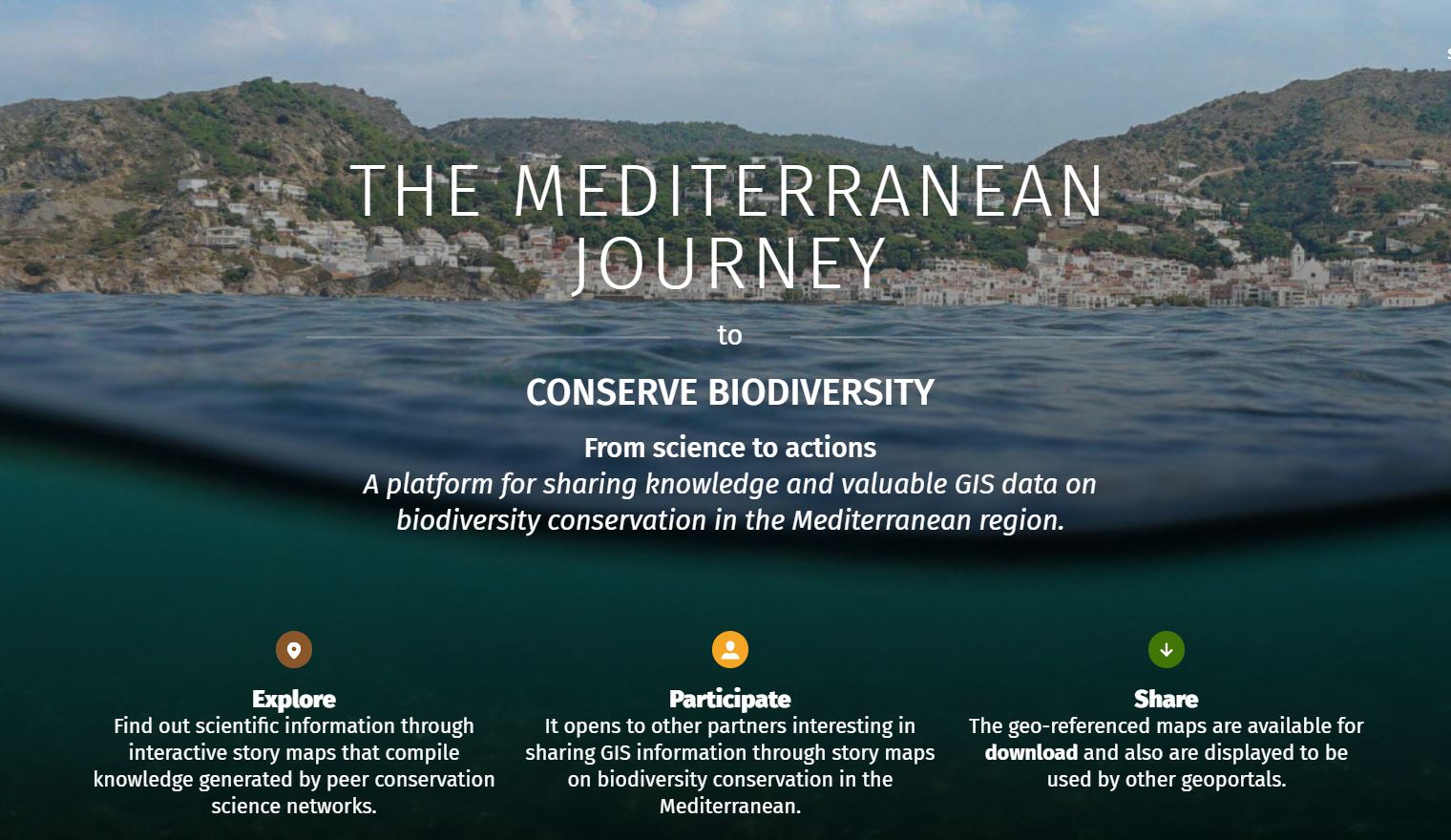The Kazakh Steppe
Conserving the World's largest Steppe Region

Photo: Chris Magin
The Dry Steppe Region
The steppe grasslands of Eurasia were once among the most extensive in the world, stretching from eastern Romania, Moldova and Ukraine in eastern Europe (often referred to as the Pontic steppe) east through Kazakhstan and western Russia). Together, the Pontic and Kazakh steppes, often collectively referred to as the Pontian steppe, comprise about 24% of the world’s temperate grasslands. They eventually link to the vast grasslands of eastern Asia extending to Mongolia, China and Siberian Russia, together creating the largest complex of temperate grasslands on earth.
The remaining extent and ecological condition of these grasslands varies considerably by region. Today in eastern Europe, for example, only 3–5 % remain in a natural or near natural state, with only 0.2% protected. In contrast, the eastward extension of these steppes into Kazakhstan reveals lower levels of disturbance, where as much as 36% remain in a semi-natural or natural state. Although current levels of protection in this region are also very low, the steppes of Kazakhstan have the potential to offer significant opportunities for increased conservation and protection.
The Kazakh steppe, also known as the Kirghiz steppe, is itself one of the largest dry steppe regions on the planet, covering approximately 804,500 square kilometres and extending more than 2,200 kilometres from north of the Caspian Sea east to the Altai Mountains. These grasslands lie at the southern end of the Ural Mountains, the traditional dividing line between Europe and Asia. This steppe ecosystem is actually comprised of five different ecological zones, including forest steppe, meadow steppe, dry steppe, desertified steppe and steppe semi-desert, collectively occupying about 59% of the area of Kazakhstan.
Prior to the 1950’s, the Kazakh steppe was a contiguous intact grassland used extensively by nomadic Kazakh people for grazing their animals. Through the 1950’s, when Kazakhstan was still part of the Soviet Union, approximately 40% of the steppe was ploughed for intensive agriculture. While the remaining 60% continued to be used for grazing domestic livestock, the nomadic patterns of the Kazakh were largely interrupted through the collectivisation of Kazakh livestock into state managed farms. Within less than a decade, drought and wind erosion reduced much of these ploughed lands to desert-like conditions. Considerable reforms took place in agricultural land use practices and conditions improved through the 1970’s and 1980’s. During the post-Soviet 1990’s, agriculture decreased significantly and many ploughed fields were abandoned. Also, nomadic mobility virtually ceased. Much of the original steppe is now a mosaic of agricultural lands, with both active and abandoned fields, and the remaining unploughed steppe. As a result of 40 years of agricultural experiment,



